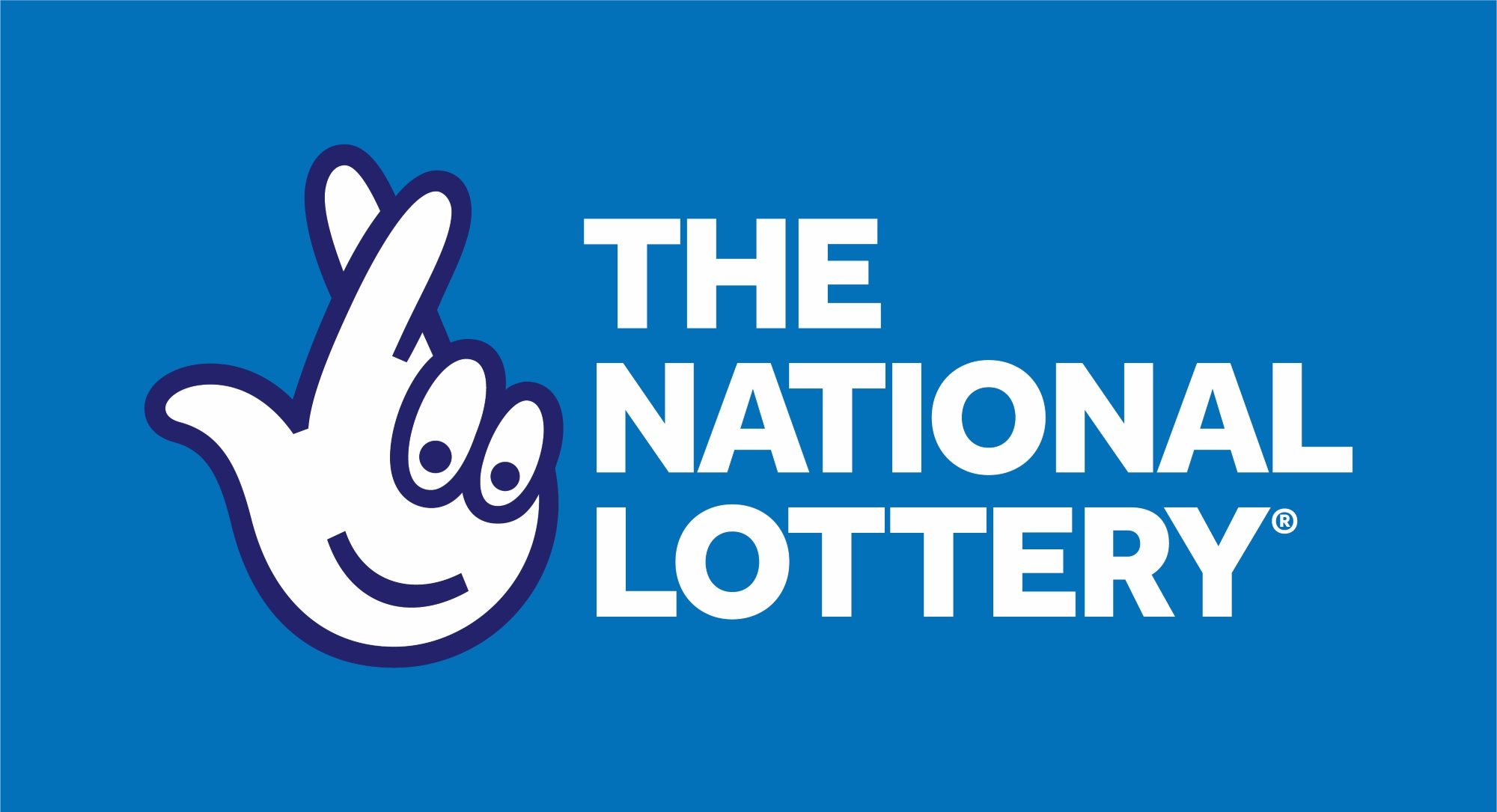The view from… National Lottery Promotions Unit
Brought to you by:

We welcome this second edition of UKGrantmaking, an annual look across the landscape of voluntary sector funding. As well as being informative, this work demonstrates the commitment of 360Giving and its partners to improve data quality, efficacy and transparency. And of course, we welcome the spotlight on The National Lottery – a fully independent analysis.
Overall, we recognise this year’s edition as more than a read – it is a resource to return to across the months ahead. We trust many organisations will join us in doing just that.
For now, some key points stand out for The National Lottery:
- Opportunities and pitfalls in the available data
- Scale and scope of grantmaking
- Diversity of grants and organisations supported
- Indicative insights, e.g. National Lottery funds reach every part of the UK
The analyses – both of the sector, and the spotlight on The National Lottery – consider a single financial year. Given that, we appreciate UKGrantmaking as a snapshot. And, as with all sectors – public, private and third sector – data comes with challenges, it can be unwieldy, messy, incomplete. So, it is unsurprising that such challenges are noted throughout. It is pleasing to see that UKGrantmaking strives to guard against skewed data representations and to limit misconstrued indications that might be drawn.
When reflecting on The National Lottery analysis, it is crucial to hold in mind the very specific context in play. The National Lottery’s national remit and its legal nature (Lottery Act 1993; 2006) give a scale and scope that is unique: it’s not only huge, but nuanced.
Let’s first focus on the scale. Within UKGrantmaking’s big picture take is a crucial detail, worth underlining: The median National Lottery grant of £10,000 tells much of the long-standing fact that National Lottery funding has supported smaller organisations, the grassroots, and continues to do so. In parallel, in any given year, National Lottery funds can back multi-million-pound capital builds, or multi-year programmes, i.e. different scales of operation and expenditure, and outcomes.
Let’s turn to the nuance. The National Lottery has a small stake in the “Arm’s Length Body” section, however it is notable that 14 of the 30 bodies listed have, themselves, shared in National Lottery funding (a running total fast approaching £220m); and four among those had National Lottery funds during 2023-24.
Again for “Charities” it’s interesting to add the 30-year context of The National Lottery: Over £100m has been received by 18 of the largest 25 organisations listed in this section. A similar picture builds when drilling into sub-categories of “Trusts and Foundations” (fundraising foundations, Member/Trade funded, community foundations, general foundations, etc.). And this is echoed across “Organisations making grants to individuals” and “Regranting” whereby money from The National Lottery to one funder is then paid on to other recipients.
All told, when using UKGrantmaking’s very useful sector segmentation (in “Methodology and data”) 13 of the 17 sector segments are linked by having some level of National Lottery funding. That’s about three-quarters of the given sector segmentation. Of course, none of this claims that The National Lottery is pivotal to all these segments. What this tells, is the untold fact that The National Lottery is unique in being a key part – albeit to varying degrees and amounts of money – across so much of the grantmaking landscape.
Summing up, we welcome this ambitious attempt to show “the full spectrum of bodies making grants to the voluntary and community sector”. Looking ahead, people should answer UKGrantmaking’s call for feedback. A plurality of perspectives, competing and combining in a collective effort, will enrich these analyses. In turn, future analyses should enhance the journey we are all on with data and its uses. We are working with 360Giving to improve the timeliness and quality of data available about National Lottery funding to further improve our understanding of this collective grantmaking picture in future years.
We’re continuing to develop and evolve UKGrantmaking with each annual edition, so please do share your feedback and ideas for future development, and sign up to 360Giving’s newsletter for updates.
